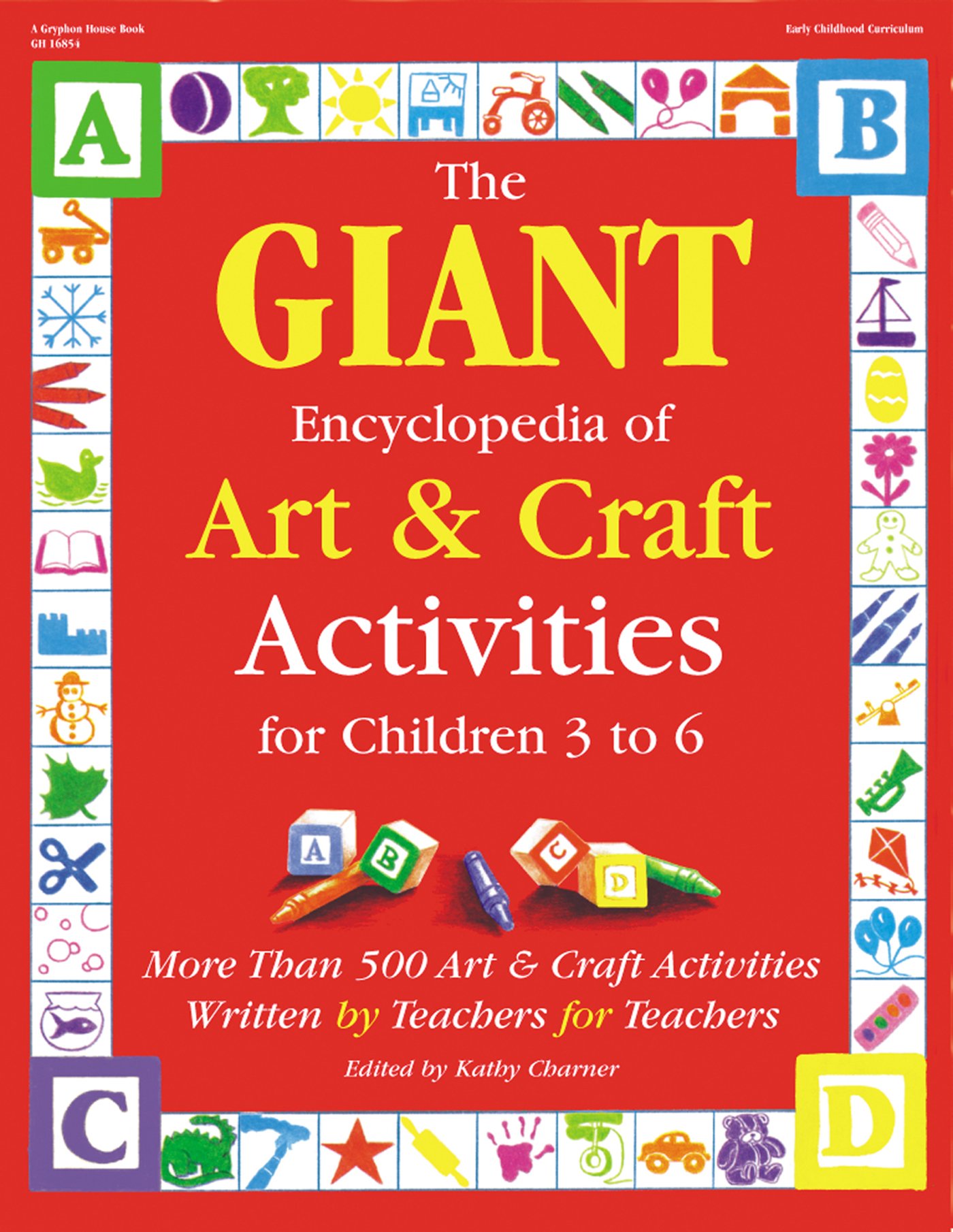Materials
Drawing paper—heavy stock—at least 81/2" x 11" (20 cm x 28 cm)Crayons
Scissors
Tape
Support sticks—popsicle or craft sticks, tongue depressors or strips of smooth cardboard
Glue, optional
Instructions
1. Have the children draw and color a simple sea scene on the paper. Basically, you want toinclude the sea, the sky, some fish, sea birds, etc. Don't just make line drawings, but fill in thearea with color.
2. Cut a slightly curving line through the paper in the sea, making sure to leave a 1" (3 cm) marginon each side of the paper. Place a piece of tape at each end of this curving cut on the backsideof the paper for reinforcement. Also be sure to cut it no higher than the length of your supportsticks (keep the cut in the bottom one-third of the paper). The stick needs to reach the cut andstill be longer than the bottom edge of the paper.
3. With the children's help, draw a small sailboat on a separate sheet of paper. (Heavy weightpaper, e.g., watercolor paper, works well for this.) The boat should be a size that will fit in withthe scene—not so big or so small as to seem out of place.
4. Cut out the boat and glue or tape it to one end of the support stick. The boat should be wideenough to cover the width of the support stick, so the support stick does not show.
5. Slip the stick through the hole and down past the bottom of the paper. Set the boat into theslot so that it appears to be part of the scene.
6. You can add extra support to the scene by gluing a piece of paper the same size to the top andtwo sides of the back of the scene. Leave the bottom open for inserting the stick.
7. Sail the boat along the sea, perhaps stopping to swim or to look for a whale! Endless adventurescan develop from such a simple starting place.
8. As you can imagine, this simple technique can be adapted for many different kinds of scenes.You could have a little child on your stick, walking in the woods or up a mountain, or an animalwandering through a meadow. Experiment with new possibilities. The more difficult ones maybe too hard for the children to do, but they will love to watch and help you make them for theclassroom and to play with them when they're done.More to doStorytelling: Have the children compose a short story related to their picture and tell it usingtheir art work as a prop.
